Last year cancer was the leading cause of death in Taipei for the 51st consecutive year, while COVID-19 became the third most common cause of death in the city, the Taipei Department of Health said yesterday.
The department said 21,047 Taipei residents died last year, which is an increase of 2,395 people (12.8 percent) compared with the year before, while the mortality rate was 841 deaths per 100,000 people, which is 113.4 deaths (15.6 percent) more than the year before.
The growth rates of deaths and mortality were the highest on record.
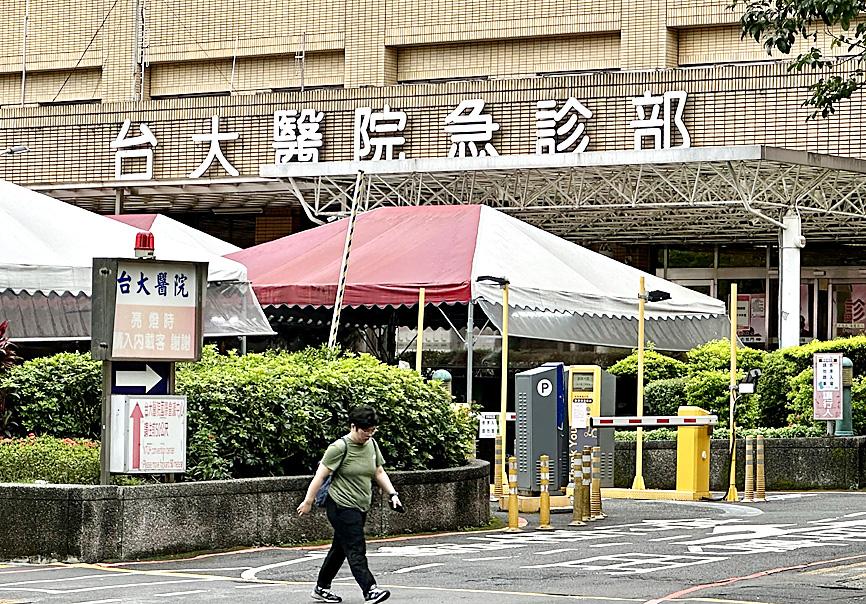
Photo: Lo Pei-de, Taipei Times
They were mainly affected by the COVID-19 outbreak and aging population, it said.
Among the 10 leading causes of death in Taipei, cancer was followed by heart disease, COVID-19 infection, pneumonia, cerebrovascular disease, chronic lower respiratory disease, diabetes, hypertensive disease, kidney disease and vascular or unspecified dementia.
Deaths from the 10 leading causes accounted for 76.7 percent of all deaths in the city last year, and eight among the leading causes were chronic diseases, accounting for 62.4 percent of all the deaths in the city, it said.
The number of deaths due to cancer, pneumonia and cerebrovascular disease have slightly decreased last year, while deaths due to the other seven causes increased, and among them, COVID-19-related deaths increased by 1,287 people, which is 3.8 times of that from the year before, the department’s data show.
About 82.9 percent of the total deaths were of elderly people aged 65 or older, and of the COVID-19 related deaths, 90.2 percent were aged 65 or older.
The Taipei Department of Health’s Statistics Office Director Fan Ju-hsin (范汝欣) said that COVID-19 leaped from the 11th leading cause of death to the third leading cause of death last year, and that the city’s COVID-19 mortality rate was 65.1 deaths per 100,000 people, slightly higher than the nation’s COVID-19 mortality of 62.9 deaths per 100,000 people.
The high COVID-19 mortality rate could be explained by Taipei’s higher number of elderly residents — the second highest percentage of elderly in its population in the nation, she said, adding that the data also did not distinguish between the influence levels of different factors, such as those who died of COVID-19 and might also have had cancer, but were counted among the COVID-19-related deaths.
In other news, the Centers for Disease Control (CDC) yesterday denied Taiwan People’s Party (TPP) Chairman Ko Wen-je’s (柯文哲) claim on Sunday about the government having received more donated COVID-19 vaccines than it purchased.
The CDC said Taiwan began purchasing COVID-19 vaccines in September 2020, and received vaccines donated by Taiwan Semiconductor Manufacturing Co (台積電), Hon Hai Precision Industry Co-affiliated Yonglin Foundation, the Buddhist Compassion Relief Tzu Chi Foundation, as well as the governments of the US, Japan, Lithuania, the Czech Republic, Poland and Slovakia.
As of the end of last month, Taiwan had received a total of 92.675 million doses of vaccines — 68.41 million doses purchased by the government and 24.265 million doses donated by the countries and agencies — it said, adding that the government had purchased 73.8 percent of the vaccine doses.
Additional reporting by CNA
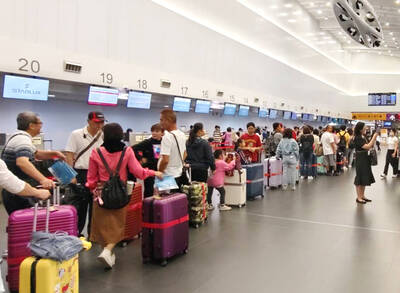
Three Taiwanese airlines have prohibited passengers from packing Bluetooth earbuds and their charger cases in checked luggage. EVA Air and Uni Air said that Bluetooth earbuds and charger cases are categorized as portable electronic devices, which should be switched off if they are placed in checked luggage based on international aviation safety regulations. They must not be in standby or sleep mode. However, as charging would continue when earbuds are placed in the charger cases, which would contravene international aviation regulations, their cases must be carried as hand luggage, they said. Tigerair Taiwan said that earbud charger cases are equipped
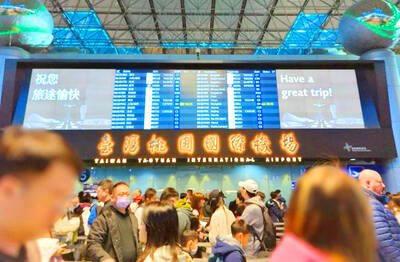
Foreign travelers entering Taiwan on a short layover via Taiwan Taoyuan International Airport are receiving NT$600 gift vouchers from yesterday, the Tourism Administration said, adding that it hopes the incentive would boost tourism consumption at the airport. The program, which allows travelers holding non-Taiwan passports who enter the country during a layover of up to 24 hours to claim a voucher, aims to promote attractions at the airport, the agency said in a statement on Friday. To participate, travelers must sign up on the campaign Web site, the agency said. They can then present their passport and boarding pass for their connecting international
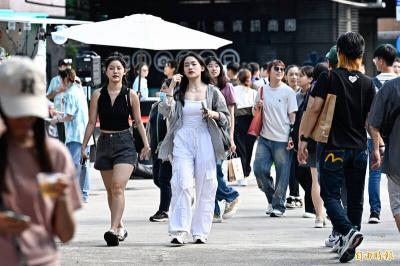
Temperatures in northern Taiwan are forecast to reach as high as 30°C today, as an ongoing northeasterly seasonal wind system weakens, the Central Weather Administration (CWA) said. CWA forecaster Tseng Chao-cheng (曾昭誠) said yesterday that with the seasonal wind system weakening, warmer easterly winds would boost the temperature today. Daytime temperatures in northern Taiwan and Yilan County are expected to range from 28°C to 30°C today, up about 3°C from yesterday, Tseng said. According to the CWA, temperature highs in central and southern Taiwan could stay stable. However, the weather is expected to turn cooler starting tonight as the northeasterly wind system strengthens again
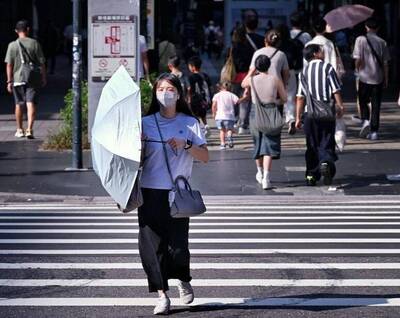
Taiwan sweltered through its hottest October on record, the Central Weather Administration (CWA) said yesterday, the latest in a string of global temperature records. The main island endured its highest average temperature since 1950, CWA forecaster Liu Pei-teng said. Temperatures the world over have soared in recent years as human-induced climate change contributes to ever more erratic weather patterns. Taiwan’s average temperature was 27.381°C as of Thursday, Liu said. Liu said the average could slip 0.1°C by the end of yesterday, but it would still be higher than the previous record of 27.009°C in 2016. "The temperature only started lowering around Oct. 18 or 19